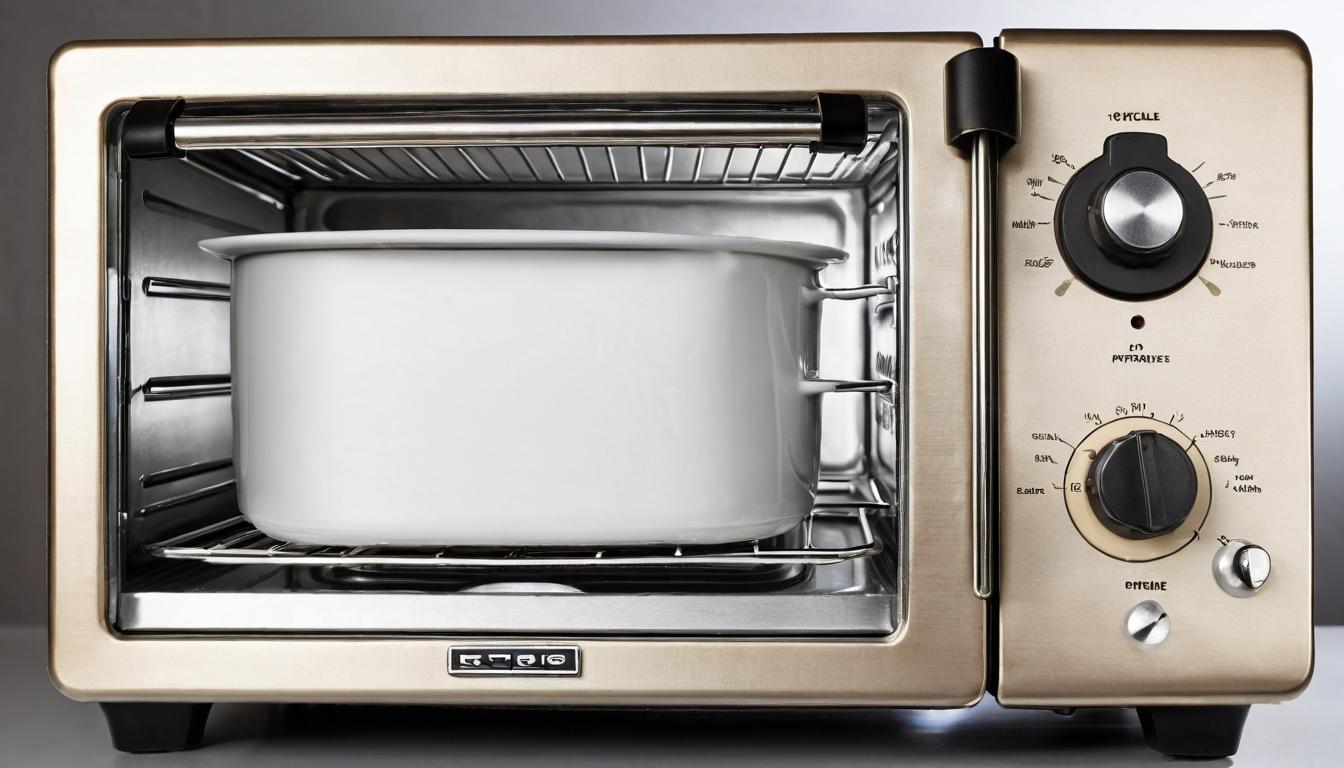The paperclip holds more secrets than you might imagine. During World War II, Norwegian citizens wore paperclips on their lapels as a silent protest against Nazi occupation. The simple wire device became a symbol of unity and resistance—a reminder that even the most mundane objects can carry profound meaning. This small act of defiance demonstrated how ordinary items can become extraordinary symbols in times of crisis.
Consider the humble pencil. That yellow No. 2 pencil sitting on your desk contains enough graphite to draw a line 35 miles long. More remarkably, the average pencil can write approximately 45,000 words—enough to fill an entire novel. The eraser on the end? That was added centuries after the pencil's invention, originally conceived when someone noticed that rubber could remove pencil marks. Before erasers existed, writers used bread crumbs to correct their mistakes.
Speaking of writing instruments, ballpoint pens have their own peculiar history. The first successful ballpoint pen was invented by Hungarian journalist László Bíró, who noticed that newspaper ink dried quickly without smudging. He adapted this ink for a pen with a tiny rotating ball at its tip. During World War II, the British Royal Air Force became early adopters because these pens worked at high altitudes where fountain pens would leak. The military advantage was clear: pilots could take notes without ink explosions in the cockpit.
Now let's talk about something we all use daily: zippers. The modern zipper took over 20 years to develop and was originally marketed as a fastener for boots and tobacco pouches. Fashion designers initially rejected zippers as being too "risqué" because they allowed for quick removal of clothing. The turning point came in 1937 when French fashion designers began using zippers in men's trousers, replacing the traditional button fly. The rest, as they say, is history—though the zipper's journey from novelty to necessity was anything but smooth.
Light bulbs illuminate more than just rooms—they reveal fascinating stories of innovation and competition. Thomas Edison didn't actually invent the first light bulb; he improved upon existing designs and created the first commercially practical version. His real genius lay in developing the entire electrical system to power those bulbs. Meanwhile, his rival Nikola Tesla advocated for alternating current, leading to the infamous "War of the Currents." This battle between Edison's direct current and Tesla's alternating current shaped how electricity reaches our homes today.
Moving to the kitchen, the microwave oven was discovered by accident. In 1945, engineer Percy Spencer noticed that a candy bar in his pocket had melted while he was testing radar equipment. He experimented with popcorn kernels and an egg (which exploded in his colleague's face) before developing the first microwave oven. The initial commercial models stood nearly six feet tall and weighed over 750 pounds—quite different from the compact appliances we use today.
Refrigerators have equally cool origins. Before mechanical refrigeration, people used ice houses and iceboxes to preserve food. The first home refrigerator wasn't powered by electricity but by toxic gases like ammonia, methyl chloride, and sulfur dioxide. Several fatal accidents occurred before safer refrigerants were developed. The transition to Freon in the 1930s made refrigerators household staples, though we've since discovered the environmental costs of those early refrigerants.
Telephones transformed from novelty to necessity in unexpected ways. Alexander Graham Bell's first telephone call in 1876 was to his assistant: "Mr. Watson, come here—I want to see you." What few people know is that Bell considered the telephone an intrusion on his real work and refused to have one in his study. He viewed his most important invention as the photophone, which transmitted sound on a beam of light—a precursor to fiber optics that never gained commercial success during his lifetime.
Even something as simple as the potato chip has a dramatic origin story. In 1853, chef George Crum created the first potato chips after a customer complained that his fried potatoes were too thick. In a fit of pique, Crum sliced potatoes paper-thin, fried them until crisp, and heavily salted them. To his surprise, the customer loved them. The "Saratoga Chip" became a sensation, though Crum never patented his creation, missing out on one of the snack food industry's greatest success stories.
The stories behind everyday objects remind us that innovation often emerges from frustration, accident, or rebellion. From the paperclip's quiet resistance to the potato chip's culinary tantrum, these objects carry layers of history that most of us never consider. They represent human ingenuity in its rawest form—the persistent desire to improve, adapt, and sometimes just make things work better. The next time you use a zipper or microwave popcorn, remember that you're interacting with stories of human determination, creativity, and occasional stubbornness that changed how we live our daily lives.
The hidden histories and bizarre truths behind everyday objects




